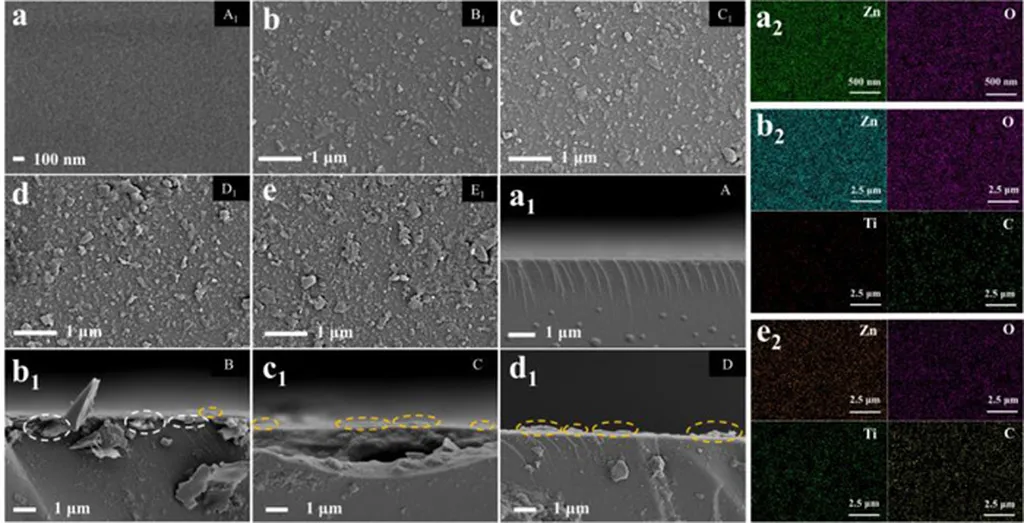In a significant stride for optoelectronic technology, researchers have turned their attention to MXenes, a class of two-dimensional materials, to revolutionize photodetectors. These devices, crucial for converting light into electrical signals, are the backbone of various technologies, from military applications to industrial and civil uses. The recent study, led by Chuqiao Hu from Dalian Maritime University in China, delves into the dual roles MXenes can play in enhancing photodetector performance, published in the journal ‘Small Structures’ which translates to ‘Small Structures’ in English.
Photodetectors are essential for a wide range of maritime applications, from navigation and communication to environmental monitoring and security. As the demand for smaller, more efficient, and multifunctional devices grows, the maritime industry stands to benefit greatly from advancements in this field.
MXenes, known for their exceptional conductivity and tunable properties, can act as both modifiers and modifiable materials in photodetectors. According to Hu, “MXenes can enhance photodetector performance by serving as conductive electrodes, carrier transport layers, and heterojunctions with photosensitive layers.” This versatility opens up new avenues for designing more efficient and sensitive photodetectors tailored to the unique needs of the maritime sector.
The study highlights several key strategies for modifying MXenes to optimize their performance in photodetectors. These include adjusting their surface functional groups and bandgap, which can significantly improve the device’s sensitivity and stability. Advanced modification techniques, such as doping and surface functionalization, can further enhance the properties of MXenes, making them more suitable for demanding maritime environments.
One of the most exciting aspects of this research is the potential for MXenes to enable novel device architectures and multifunctional photodetection platforms. This could lead to the development of integrated systems that combine multiple functions, such as sensing, communication, and energy harvesting, into a single, compact device. For the maritime industry, this could mean more efficient and reliable equipment for a wide range of applications.
The commercial impacts of this research are substantial. As Hu notes, “This review provides strategic guidance for photodetector structural design and material innovation, establishing a foundation for next-generation optoelectronic devices and broader MXene integration in photonic technologies.” This could translate into new products and services for the maritime market, driving innovation and growth in the sector.
In conclusion, the research led by Chuqiao Hu from Dalian Maritime University offers a promising path forward for enhancing photodetector technology. By leveraging the unique properties of MXenes, the maritime industry can look forward to more advanced, efficient, and versatile optoelectronic devices, paving the way for new applications and opportunities.

